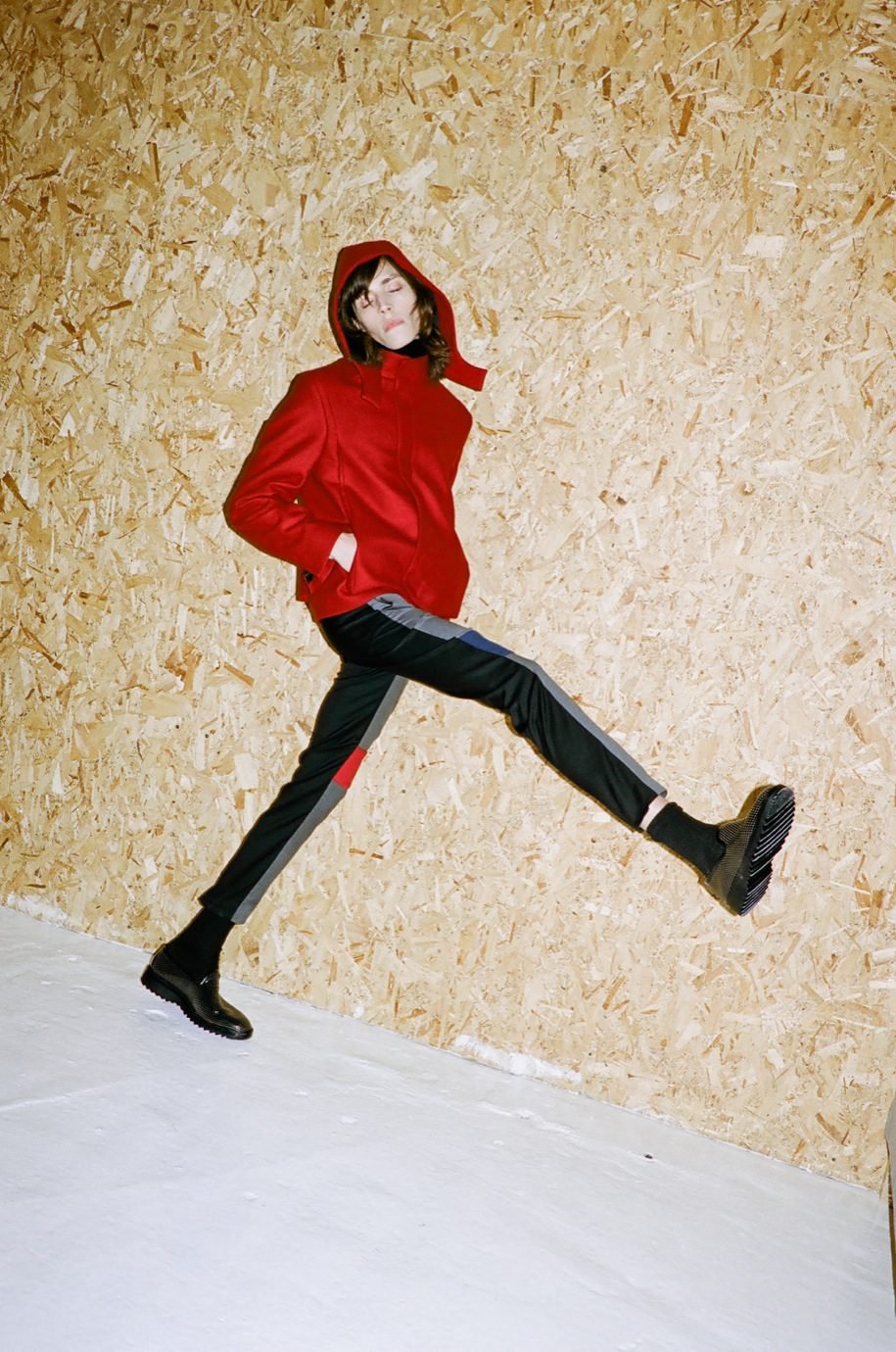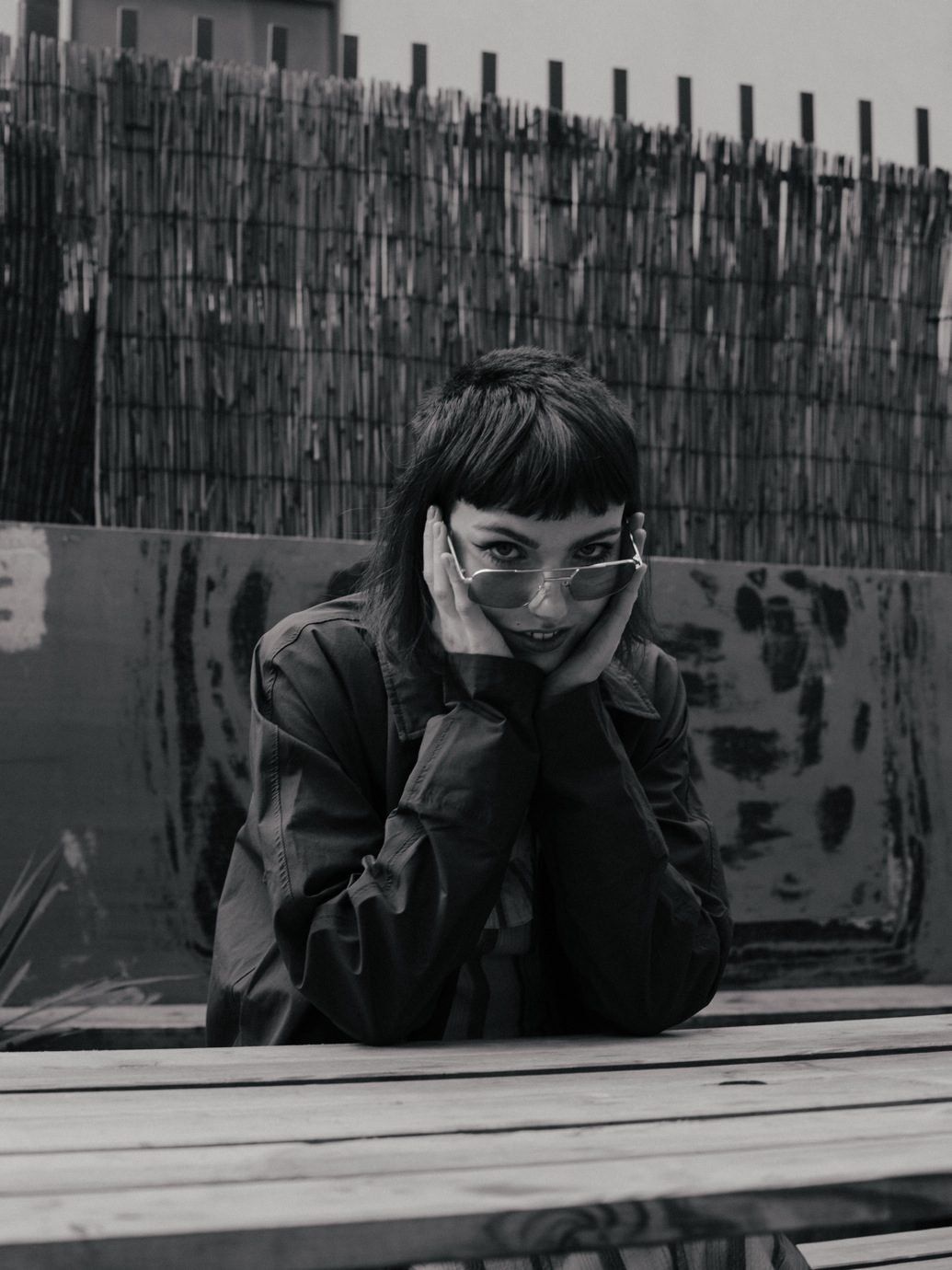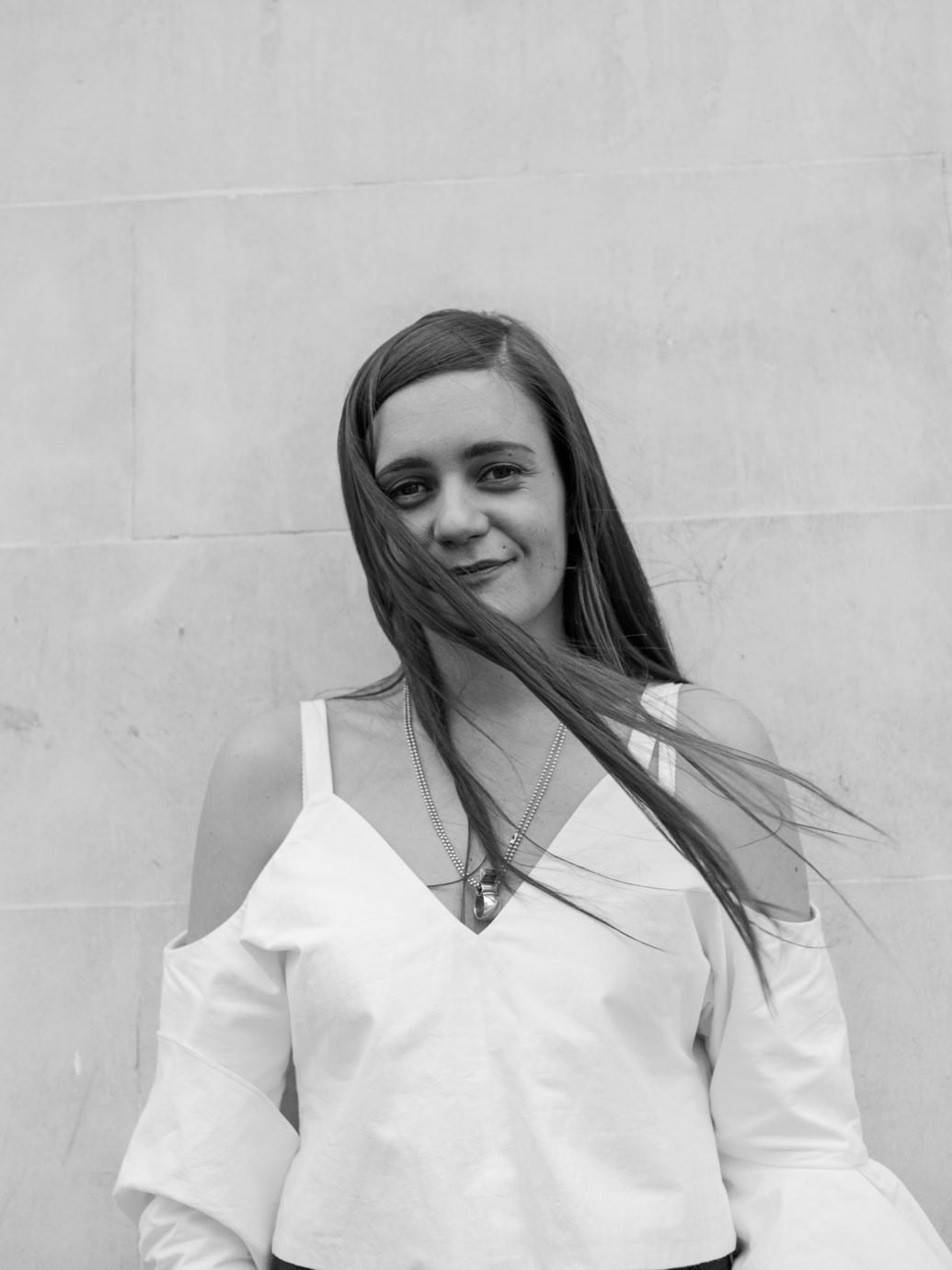You were selected to show during fashion week. How did that influence your design process?
From the start, I knew that if I did a show, it needed to be the best version of what it could be. The timing between having received the slot on fashion week and having to produce a collection was very tight, so the collection came together quickly – well at least for me – so I didn’t design it with a sales perspective in mind.
I didn’t want to limit myself to the fabrics I had available for production. I wanted to start with what I love and then work backwards from there. My previous collections, AW20 and SS21, were definitely more logistically realistic. I had to source my fabrics and make sure I could produce with those.
This season, I needed those 43 looks to present a solid story, to really have that narrative in the collection. This doesn’t mean I’ll always do that many looks, but if you give me the opportunity to do a runway show next season as well, I’ll do 43 looks. But to produce and sell that many garments, working by myself with my machinist, is a challenge and not in a good way.
“I want people to see the clothes in movement, but the collection was never executed in that way because, as a young designer, a show is not always a smart move. You don’t always have that financial capital.” – Jordan Dalah
What do you mean with the importance of a narrative? How do you develop that?
The collection was a continuation of the strongest things I have found myself making from when I graduated from Central Saint Martins and set up my brand. It was looking at the things that speak to me from what I’ve already made. But it was that platform of the runway – being able to do it for the first time in front of a live audience in motion – that really triggered the narrative for this collection. That is what I think about when I design. I want people to see the clothes in movement, but the collection was never executed in that way because, as a young designer, a show is not always a smart move. You don’t always have that financial capital.
I was given the opportunity to do it, so obviously, I wanted it to be the truest and the best version of what I can produce. That might not seem like a creative starting point, but it really was – it was picking up on the strongest silhouettes I had done so far.
There wasn’t a lot of drawing, I don’t draw so much, I started straight away in 3D. It was a big process of each part coming together slowly. I first got the opportunity to open the show, then I selected the venue, and all these parts played into the design process.



























